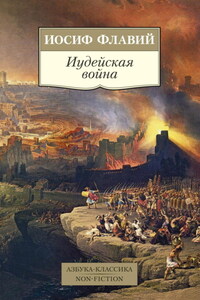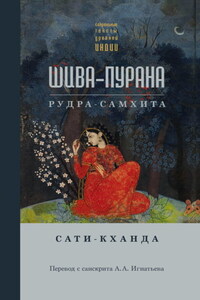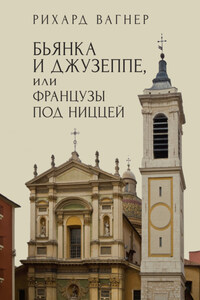HOW THE COLLECTION WAS FORMED
This question may be answered shortly; it was formed – at least the beginning of it – under compulsion. After fifteen years of very hard work, Mr. Measures broke down. The doctor prescribed a long rest, and insisted on it; but the patient was equally determined not to risk the career just opening, with an assurance of success, by taking a twelve-months’ holiday. Reluctantly the doctor sought an alternative. Yachting he proposed – hunting – shooting; at length, in despair, horse-racing! Zealously and conscientiously undertaken, that pursuit yields a good deal of employment for the mind. And one who follows it up and down the country must needs spend several hours a day in the open air. Such was the argument; we may suspect that the good man had a sporting turn and hoped to get valuable tips from a grateful client.
But nothing would suit. After days of cogitation, at his wits’ end, the doctor conceived an idea which might have occurred to some at the outset. ‘Take a house in the suburbs,’ he advised, ‘with a large garden. Cultivate some special variety of plant and make a study of it.’ This commended itself. As a boy Mr. Measures loved gardening. In the Lincolnshire hamlet where he was born, the vicar took pride in his roses and things, as is the wont of vicars who belong to the honest old school. It was an hereditary taste with the Measures’ kin. Forthwith a house, with seven acres of land about it, was purchased at Streatham – ‘The Woodlands,’ destined to win renown in the annals of Orchidology.
But the special variety of plant had still to be selected. It was to be something with a flower, as Mr. Measures understood; hardy, and so interesting in some way, no matter what, that a busy man could find distraction in studying it. Such conditions are not difficult for one willing to spend hours over the microscope; but in that case, if the mind were relieved, the body would suffer. At the present day orchids would suggest themselves at once; but twenty or twenty-five years ago they were not so familiar to the public at large. One friend proposed roses, another carnations, a third chrysanthemums, and a fourth, fifth, and sixth proposed chrysanthemums, carnations, and roses. Though the house and the large garden had been provided, Mr. Measures did not see his way.
I am tempted to quote some remarks of my own, published in October 1892. ‘I sometimes think that orchids were designed at their inception to comfort the elect of human beings in this anxious age – the elect, I say, among whom the rich may or may not be included. Consider! To generate them must needs have been the latest “act of creation,” as the ancient formula goes – in the realm of plants and flowers at least. The world was old already when orchids took place therein; for they could not have lived in those ages which preceded the modern order. Doubtless this family sprang from some earlier and simpler organisation, like all else. But the Duke of Argyll’s famous argument against the “Origin of Man” applies here: that organisation could not have been an orchid. Its anatomy forbids fertilisation by wind, or even, one may say, by accident. Insects are necessary; in many cases insects of peculiar structure. Great was the diversion of the foolish – eminent savants may be very foolish indeed – when Darwin pronounced that if a certain moth, which he had never seen nor heard of, were to die out in Madagascar, the noblest of the Angraecums must cease to exist. To the present day no one has seen or heard of that moth, but the humour of the assertion is worn out. Only admiring wonder remains, for we know now that the induction is unassailable. Upon such chances does the life of an orchid depend. It follows that insects must have been well established before those plants came into being; and insects in their turn could not live until the earth had long “borne fruit after its kind.”
‘But from the beginning of things until this century, until this generation, one might almost say – civilised man could not enjoy the boon… We may fancy the delight of the Greeks and the rivalry of millionaires at Rome had these flowers been known. “The Ancients” were by no means unskilful in horticulture – witness that astonishing report of the display at the coronation of Ptolemy Philadelphus, given by Athenaeus. But of course they could not have known how to begin growing orchids, even though they obtained them – I speak of epiphytes and foreign species, naturally. From the date of the Creation – which we need not fix – till the end of the Eighteenth Century, ships were not fast enough to convey them alive; a fact not deplorable since they would have been killed forthwith on landing.
‘… So I return to the argument. It has been seen that orchids are the latest and most finished work of the Creator; that the blessing was withheld from civilised man until, step by step, he gained the conditions necessary to receive it. Order and commerce in the first place; mechanical invention next, such as swift ships and easy communications; glass-houses, and a means of heating them which could be regulated with precision and maintained with no excessive care; knowledge both scientific and practical; the enthusiasm of wealthy men; the thoughtful and patient labour of skilled servants – all these were needed to secure for us the delights of orchid culture. What boon granted to mankind stands in like case? I think of none. Is it unreasonable then to believe, as was said, that orchids were designed at their inception to comfort the elect in this anxious age?’








